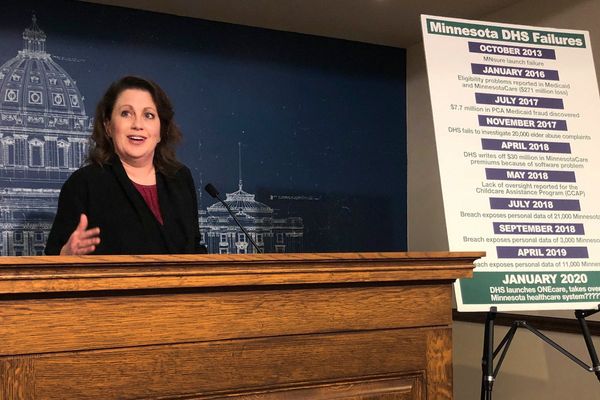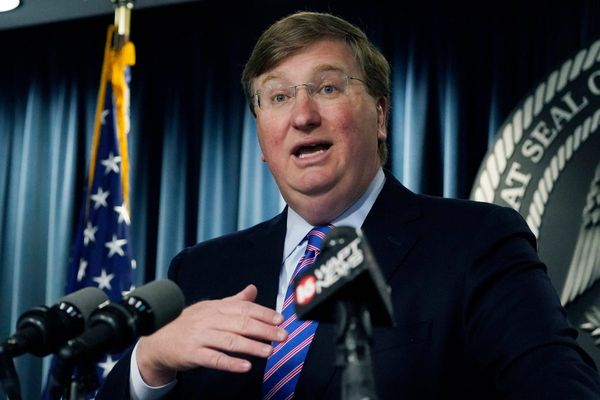A U.S. Army official revealed Wednesday that the restoration of a Confederate memorial at Arlington National Cemetery is set to cost about $10 million over two years.
The official added that the monument would include panels that would share the context of the history behind the memorial, which will be refurbished and its base replaced.
Defense Secretary Pete Hegseth announced the return of the monument on social media on Tuesday evening.
“I’m proud to announce that Moses Ezekiel’s beautiful and historic sculpture — often referred to as ‘The Reconciliation Monument’ — will be rightfully ... returned to Arlington National Cemetery near his burial site,” Hegseth wrote on X. “It never should have been taken down by woke lemmings. Unlike the Left, we don’t believe in erasing American history—we honor it.”
This comes less than two years after it was taken down following the recommendation of an independent commission.
The monument, which was put up in 1914, was created by Ezekiel, a sculptor and Confederate veteran. The monument includes a classical female figure, which represents the South, along with sanitized depictions of slavery.
The commission, mandated by Congress, stated in 2022 that the memorial, as well as a number of other military assets referencing the Confederacy, should be removed or renamed.
The commission vice chair, retired Army Brig. Gen. Ty Seidule, said the group thought the memorial to be "problematic from top to bottom."
In addition to the sanitized depictions of slavery, the monument also featured a Latin phrase stating that the South's secession from the Union was a worthy “lost cause.” The false interpretation of the reasons behind the outbreak of the Civil War suggests that it was a conflict about the power of the federal government rather than slavery.
Hegseth has gone to great lengths to go against the recommendations of the commission by changing back the names of several Army bases to their names with connections to the Confederacy, by highlighting different people.
After the recommendations by the commission, Fort Bragg in North Carolina, named after Confederate Gen. Braxton Bragg, was renamed Fort Liberty. Hegseth changed it back to Fort Bragg in February, but by honoring Army Pfc. Roland Bragg who received a Silver Star and Purple Heart for his courage during the Battle of the Bulge in World War II.

President Donald Trump issued an executive order in March entitled "Restoring Truth and Sanity to American History,” which pushed back against efforts to reinterpret U.S. history.
"Rather than fostering unity and a deeper understanding of our shared past, the widespread effort to rewrite history deepens societal divides and fosters a sense of national shame,” it said.
The order claimed that the Smithsonian museums had "come under the influence of a divisive, race-centered ideology.” It also ordered the Interior Department to reinstate statues and displays that had been "removed or changed to perpetuate a false reconstruction of American history, inappropriately minimize the value of certain historical events or figures, or include any other improper partisan ideology."
In the same vein, the National Park Service announced Monday that it would return the statue of Confederate brigadier General Albert Pike to its previous position in Judiciary Square in the nation’s capital after it was pulled down amid Black Lives Matter protests in 2020.
The Associated Press contributed to this report







